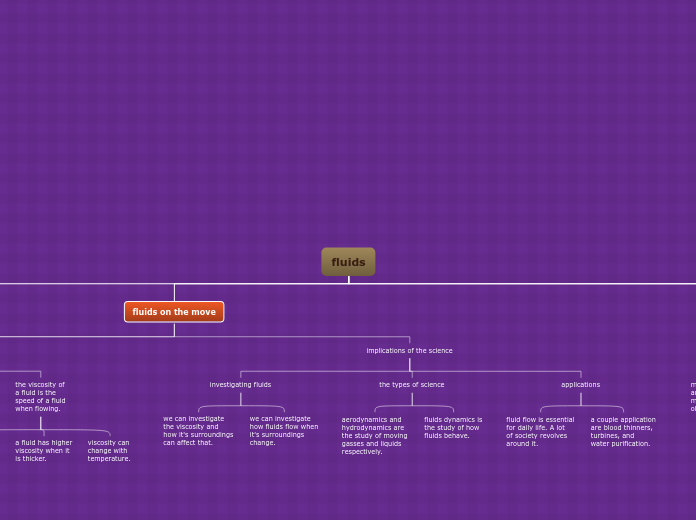GUM AND STABILISER
COMMON TYPES OF HYDROCOLLOIDS
Cellulose
USES:
-for thickening,suspending ,stabilizing & modified flow characteristics
ex: carboxytmethylcellulose (CMC) , hydropropylmethylcellulose (HPMC)
alkaline treatment converts cellulose into an ether
chemically modified cellulose
Xanthan gum
more highly substituted than LBG -more soluble &hydrates fully in cold water giving high viscosity
-Non gelling -used as viscosity builder,stabilizer &water binder
-very stable from pH 4-10
linear chain of mannose with single galactose unit attached as side chains
Locust bean gum (LBG)
-come from the seed of leguminose Ceratonia siliqua
-galactomannan gums-made up of mannose &galactose in a ratio of 4:1
-insoluble in cold water &must be heated to dissolve
-does not form gel by itself-but it can form gel when combined with xanthan gum.
USES
-LBG is non ionic-stable over the pH range of 3.5-11.0
-functions:thickening stabilization of emulsions, inhibition of syneresis
Gum arabic
-dissolve easily in hot water
-least viscous & the most soluble of all the hydrocolloids
-complex structure-polysaccharides containing galactose ,rhamnose ,arabinopyranose, arabinofrusanose glucuronic acid
USES
-Encapsulation agent-to encapsulate volatile flavour compounds
-promote stabilization of foam in beer
-act as emulsifier &stabilizer in soft drink emulsion
Known as gum Acacia
-derived brown seaweed
-made up of block of D-mannuronic acid (G-block)
high G alginates -strong ,brittle gel with heat stability
-can form gel in cold water in presence of Ca ion;gel is thermo-irreversible
-provides stabilizing effect in frozen products
in beverages -acts as thickeners &stabiliser
Carrageenan
-highly refined extract of seaweed from rhodopyhta family
-structure composed of linear galactan polysaccharides that have a sulfate content of 15-40%
-Commercial carrageenans are not pure kappa ,iota or lambda but contain amount of othe types ,the exact amount depending on the weed source and the extraction process
Iota carrageenan
Lambda carrageenan
Kappa (k-carrageenan)
Pectin
LOW METHOXY PECTIN (LMP)
DE <50%-two subs group
-Conventional low methoxyl pectin (LMP)
-Amidated low methoxyl pectin (ALMP)
-Form gels in the presence of Ca2+,with slow content & wide pH range
LMP-less Ca2+ reactive than ALMP=Used in thickening agent in yogurt fruit
ALMP-very reactive Ca2+=assist gelation in low-sugar fruit preparation
HIGH METHOXY PECTIN (HMP)
Commercial high methoxy pectin:DE 58% TO 75%
-Rapid set pectin used in jams with whole fruit.
-very acid fruits (eg:blackcurrant) requires slow set pectins to avoid premature gelation.
-HMP-have a firm &short structure ,clear &transparent ,excellent flavour release
-not heat reversible
Gelation of Hydrocolloids
THERMO-IRREVERSIBLE GELLING AGENT
High methyl pectin (HMP)
konjac
starch
Alginates
THERMOREVERSIBLE
hydropropylmethylcellulose (HPMC)
methyl cellulose
Gellan gum
low methoxyl pectin (LMP)
iota-carrageenan
kappa carrageenan
agar
gelatin
Main classes of Hydrocolloids
extract from plants parts
extract from tubers
microbial gums
extract from seaweeds
extract from seed
Exydation or sap of tree
FUNCTION
SECONDARY
Formation of film
Encapsulation
Control of crystallisation
Suspension of particulates
Stabilisation of emulsions
PRIMARY
Gelling or texturizing agents
Thickening agent
HYDROCOLLOID
DP=Degree of polymerization-chain length
Lower DP~Lower viscosity~faster to hydrate
Higher DP~Higher viscosity~slower to hydrate
A range of polysaccharides and proteins-also known as 'WATER SOLUBLE GUMS' ,'GUMS','STABILISERS'
High MW polymers consisting long chain sugar unit
DS=Degree of substitution=side chain per unit
Lower DS~slower to hydrate
Higher DS~faster to hydrate
Main topic
Factors affects gum properties
Distribution of side chains
Number of side chain
Type of side chain
Monosaccharide composition
Molecular weight









